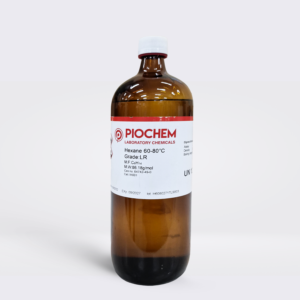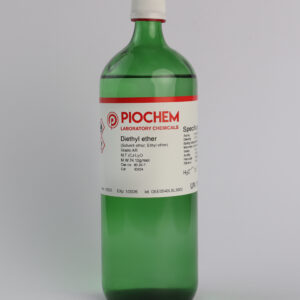A buffer solution pH 9 is a solution that has a pH of 9. It is used to keep the pH of a solution at a nearly constant value, even when small amounts of acids or bases are added. Buffer solutions are used in a variety of applications, including:
- Alcoholic fermentation
- Leather tanning
- Electroplating
- Organic synthesis
- Sugar and paper manufacturing
- Clinical chemistry
- Biophysics
- Biochemistry
There are many different buffer solutions that can be used to achieve a pH of 9. Some common ones include:
- Boric acid/potassium chloride buffer
- Glycine/sodium hydroxide buffer
- Sodium tetraborate buffer
The choice of buffer solution will depend on the specific application. For example, boric acid/potassium chloride buffer is a good choice for applications where high ionic strength is required, while glycine/sodium hydroxide buffer is a good choice for applications where high pH stability is required.
To prepare a buffer solution pH 9, you will need to dissolve the appropriate amount of buffer components in water. The amount of buffer components needed will depend on the desired concentration of the buffer solution. For example, to prepare a 0.1 M boric acid/potassium chloride buffer, you would dissolve 0.141 g of boric acid and 0.075 g of potassium chloride in 1 liter of water.
Once the buffer components have been dissolved, the solution should be mixed well and stored in a tightly sealed container. Buffer solutions can be stored for several months at room temperature.
Here are some additional safety precautions to take when working with buffer solutions pH 9:
- Wear gloves and goggles when handling buffer solutions.
- Avoid contact with skin and eyes.
- If buffer solution comes into contact with skin or eyes, flush with water for at least 15 minutes.
- If swallowed, seek medical attention immediately.
Buffer solutions pH 9 are generally safe to use, but it is important to take the necessary safety precautions.





Reviews
There are no reviews yet.